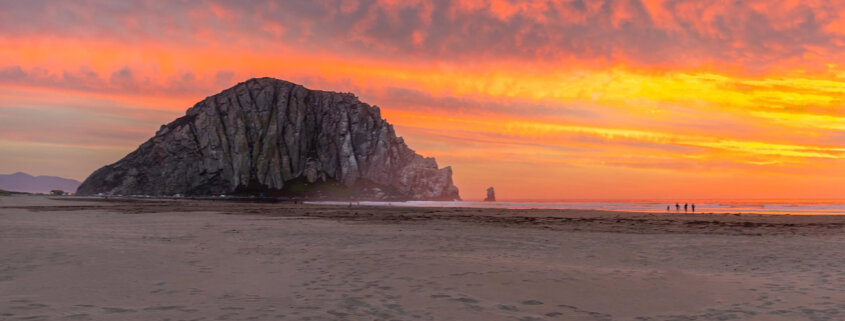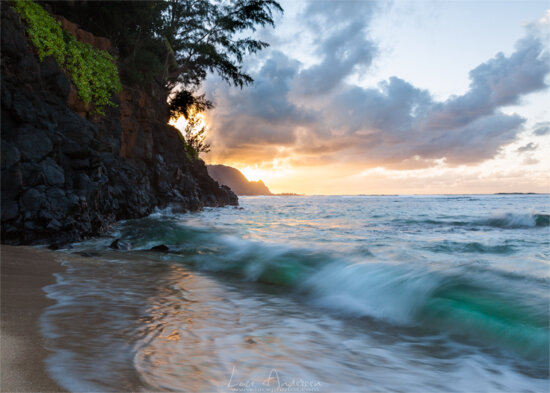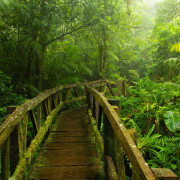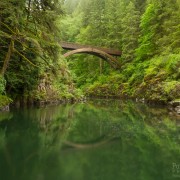A Beginners Guide for Adding Watermark to your Photos
As a photographer, you pour your heart and soul into capturing the perfect shot. We live in a digital world where our photographs are shared profusely over the Internet all over the world. So, whether it’s a stunning landscape, a candid portrait, or a dramatic action scene, you want to be sure that your hard work is properly credited and protected. That’s where watermarking comes in. Adding a watermark your landscape photos is a simple yet effective way to protect your work and promote your landscape photography business.
Here are some of the key benefits of watermarking your landscape photos:
Why you should Watermark your Photos
Protect Your Landscape Photos
The most obvious reason to watermark your photos is to prevent unauthorized use. Image theft is a common problem for landscape photographers, and a watermark can help prevent this from happening to you. A watermark makes it clear that you own the rights to the photo and helps deter others from using it without your permission. I share my landscape photos on about ten social media sites on the internet. Frankly, it’s really easy for someone to steal a landscape photo these days.
By clearly indicating that you own the rights to a photo, you can discourage others from stealing or using your work without permission. In the event of a dispute, a watermark can provide a clear, tangible piece of evidence to support your ownership and rights to a particular photo.
Build your Photography Business
By including your name or logo in your watermark, you can establish yourself as the creator of a particular photo and ensure that you receive credit for your work. If you are a professional photographer, using a watermark that includes your photography business logo or your photography business name can help promote brand recognition and increase awareness of your work.
With the rise of social media and photo-sharing platforms, it’s more important than ever to make sure that your work is easily discoverable online. A watermark can serve as a visual signature and make it easier for people to find you and your work. So by clearly identifying your photos as your work, you can potentially generate income through licensing and sales.
Protect Against Image Manipulation
A watermark can also help prevent others from altering or manipulating your photos. This is especially important if you are using your photos for professional or commercial purposes. We’ve all heard horror stories of people stealing landscape photographers’ images, manipulating them, and then claiming them as their own. I have seen my friends’ photos stolen and sold for profit or appear on a number of different products. So a watermark can also help ensure that others use your photos in accordance with any licensing agreements or terms of use.
How to Watermark your Photos
There are several ways to watermark your photos, including using software, online tools, or manual methods. Here are some tips for each option:
Using Photography Software
There are many photo editing software programs that include watermarking tools, such as Adobe Photoshop and Lightroom. These tools allow you to add text or image watermarks, adjust the size, opacity, and placement of the watermark, and even apply a batch process to multiple photos.
Online Watermarking Tools
There are many online watermarking tools available, such as Canva, PicMonkey, and Watermarkly, that allow you to add a watermark to your photos without needing to install any software. Simply upload your photo and add your watermark using their user-friendly interface.
Manual Watermarking Methods
If you don’t have access to software or online tools, you can manually watermark your photos by adding text or an image in a photo editing program and then saving the watermarked photo as a separate file.
Regardless of which method you choose, there are a few important factors to consider when watermarking your landscape photos:
- Make the watermark visible, but not intrusive: You want to make sure your watermark is easily visible, but not so large that it detracts from the overall image.
- Be consistent to build brand awareness: If you have a logo or signature, use it consistently on all of your photos to establish a visual brand. If you have an established landscape photography business, you should use a photography business logo to watermark your photos to build brand awareness.
- Placement of Watermark: The placement of your watermark can impact its visibility and effectiveness. A watermark that is placed in the center of an image or over important elements of the photo can be distracting and detract from the overall impact of the image. Consider placing it in a corner or along the edge of the photo, or consider using a semi-transparent watermark that doesn’t obscure the image. A subtle yet noticeable and readable photography business logo makes a successful watermark.
- Keep Original Landscape Photos Intact: Always save a separate copy of your watermarked photos and keep the original file without the watermark.
Different Types of Watermarks
There are several types of watermarks that you can use to protect and promote your landscape photography business:
- Text-Based Watermark: A text watermark is simply a word or phrase added to an image, such as your name or the name of your business. If your text watermark is too small, too light, or in a hard-to-read font, it can be difficult for others to see and identify. Make sure that your watermark is legible and clearly visible. This type of watermark is quick and easy to create and is effective for establishing personal or professional branding.
- Image or Logo-Based Watermarks: An image watermark is a graphical representation, such as a logo, added to an image. If your logo or image watermark is of poor quality or resolution, it can look unprofessional and detract from the overall impact of your work. Make sure that your watermark is high quality and matches the resolution of your images. This type of watermark is useful for promoting your business and establishing a visual brand.
- Using a QR Code Watermark: A QR code watermark is a unique barcode that can be scanned with a smartphone camera to access additional information or content, such as a website or portfolio. This type of watermark can be a convenient way to promote your landscape photography business and allow others to easily access more information about you. However, this type of watermark can be more intrusive than a subtle semi-transparent text or logo.
There are also watermark templates available that can be easily customized with your own text or logo. This can be a quick and easy way for watermarking your landscape photos without having to create one from scratch.
Size of a Watermark
The size of a watermark on your landscape photo will depend on the specific use case and the desired level of photography brand visibility. Here are some general guidelines:
- Watermarking for use on Social Media: If you’re using your watermarked photos for personal use, such as on social media, you may want the watermark to be smaller and less obtrusive. A watermark that takes up 10-20% of the photo is often sufficient. Some landscape photographers choose to upload images in higher resolution as recommended by social media websites to get the best possible quality. I personally like to resize to the smallest possible resolution to help prevent the reproduction of my landscape photos and then add a watermark as a form of basic theft deterrence.
- Watermarking For Professional Use: If you’re using your watermarked photos for professional or commercial purposes, such as for a client or in a portfolio, you may want the watermark to be slightly larger and more visible for readability purposes.
A watermark that is too large or too obtrusive can overpower the image and take away from the overall impact of your photography. Aim for a watermark that creates a balance between visibility and impact on the overall image. It is best to experiment with different sizes and placements to find the right balance for your needs.
I know watermarks are a necessary evil for some photographers while others are completely against them. The question I ask you is, “What is your landscape photography business model?” I will always watermark my photographs because it is a simple and effective way to protect my work and promote my brand. Whether you are a professional photographer or just someone who loves to take photos, adding a watermark can help ensure that your work is properly credited and protected. So start watermarking your photos today and enjoy the peace of mind that comes with knowing your work is safe!












 Grant Collier
Grant Collier


